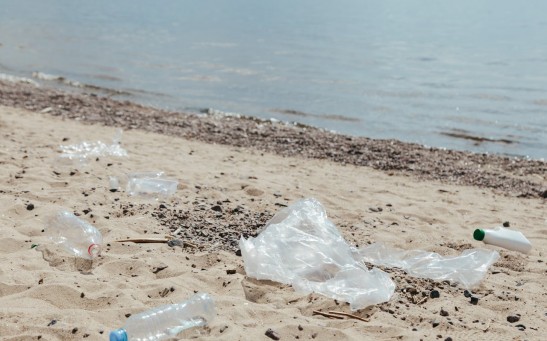plastic pollution
16,000 Plastic Chemicals Identified, Found in Different Items; at Least 4,200 Could Pose Risks to Human Health
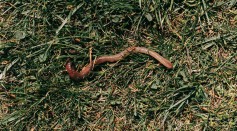
Artificial Worm Gut Developed by Scientists Can Break Down Plastics; New Method May Address Global Plastic Pollution

Microplastics Found in Nearly 90% of Meat, Even Plant-Based Ones: Study Reveals Widespread Human Exposure

Plastic-Degrading Fungi and Bacteria Found in China That May Help Tackle Global Waste
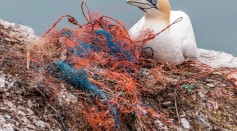
Plastic Rocks Found on a Remote Island in Brazil, Revealing How Humans Could Influence Geological Processes
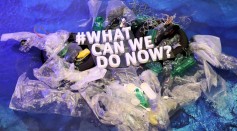
Ocean Pollution Peak: 171 Trillion Pieces of Plastic Clog Global Waters

Plasticosis: Scientists Describe First Disease Plastic Ingestion by Humans, Animals

New Open-Access Reference Library Aids the Identification of Sources of Plastic Pollution

How Sequins Contribute to Plastic Pollution

Wax-Worm Saliva May Help Save the Earth; Important Implications for Future Sustainable Plastic Disposal Shown in New Study
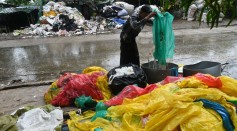
Biodegradable Footwear That Sea Creatures Can Eat Developed to Reduce Plastic Pollution

Biodegradable Footwear That Sea Creatures Can Eat Developed to Reduce Plastic Pollution
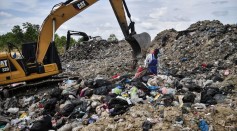
Plastic Pollution Costs the Nation Billions of Dollars; Will a New Recycling Technology Divert Some of the Waste from Landfills?
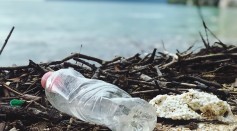
Drinking from Plastic Bottles Could Make Us Ingest Nearly 100,000 Micro and Nanoplastics Every Year
Most Popular

How Technology Is Changing the Real Estate Industry?

How a Plant-Based Diet Can Protect Against Breast Cancer: Insights from Nutrition Research

Study Reveals High Turnover in Scientific Research Careers: What This Means for Future Scientists

Why It's So Difficult to Lose Weight: The Biological Explanation Behind Obesity

